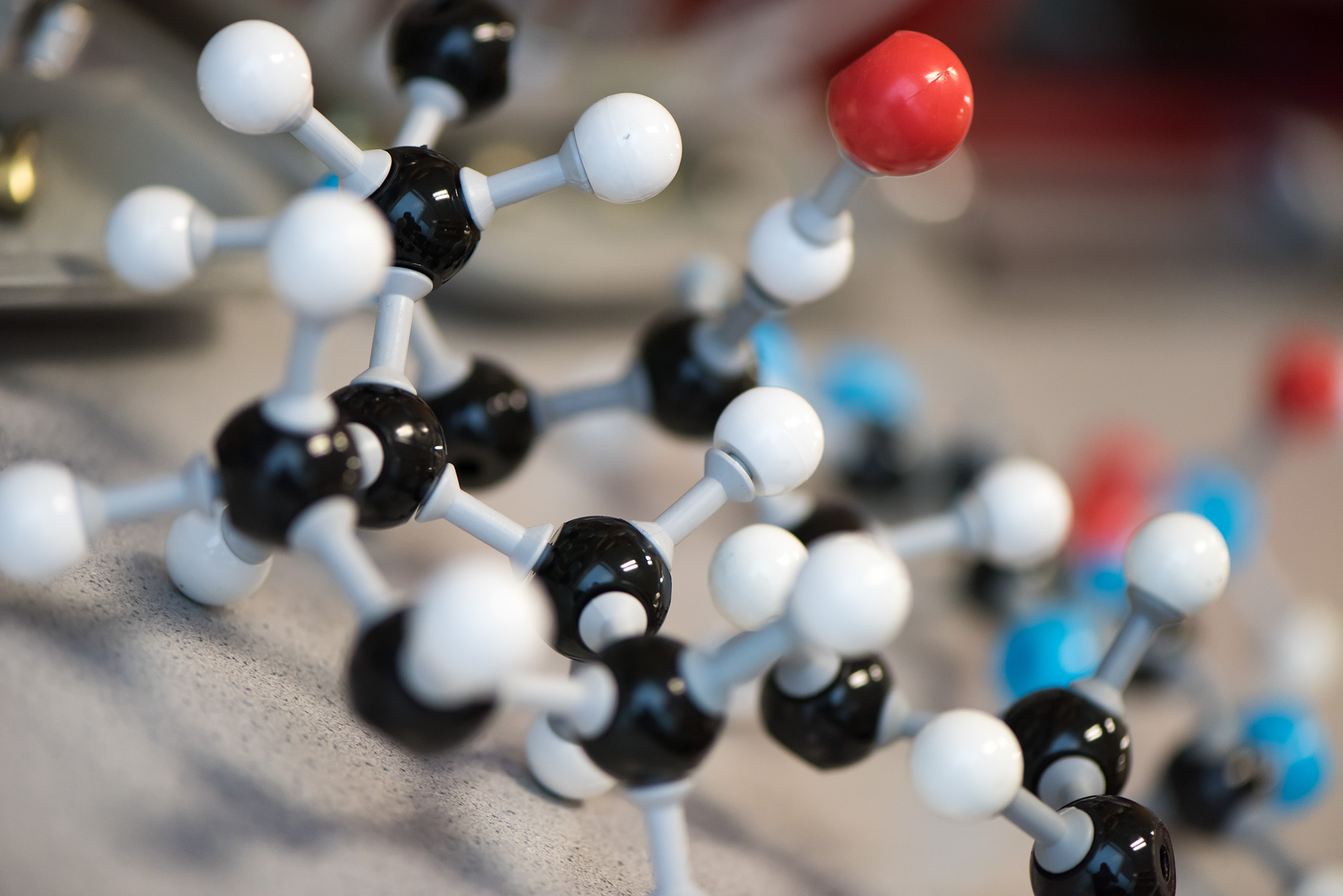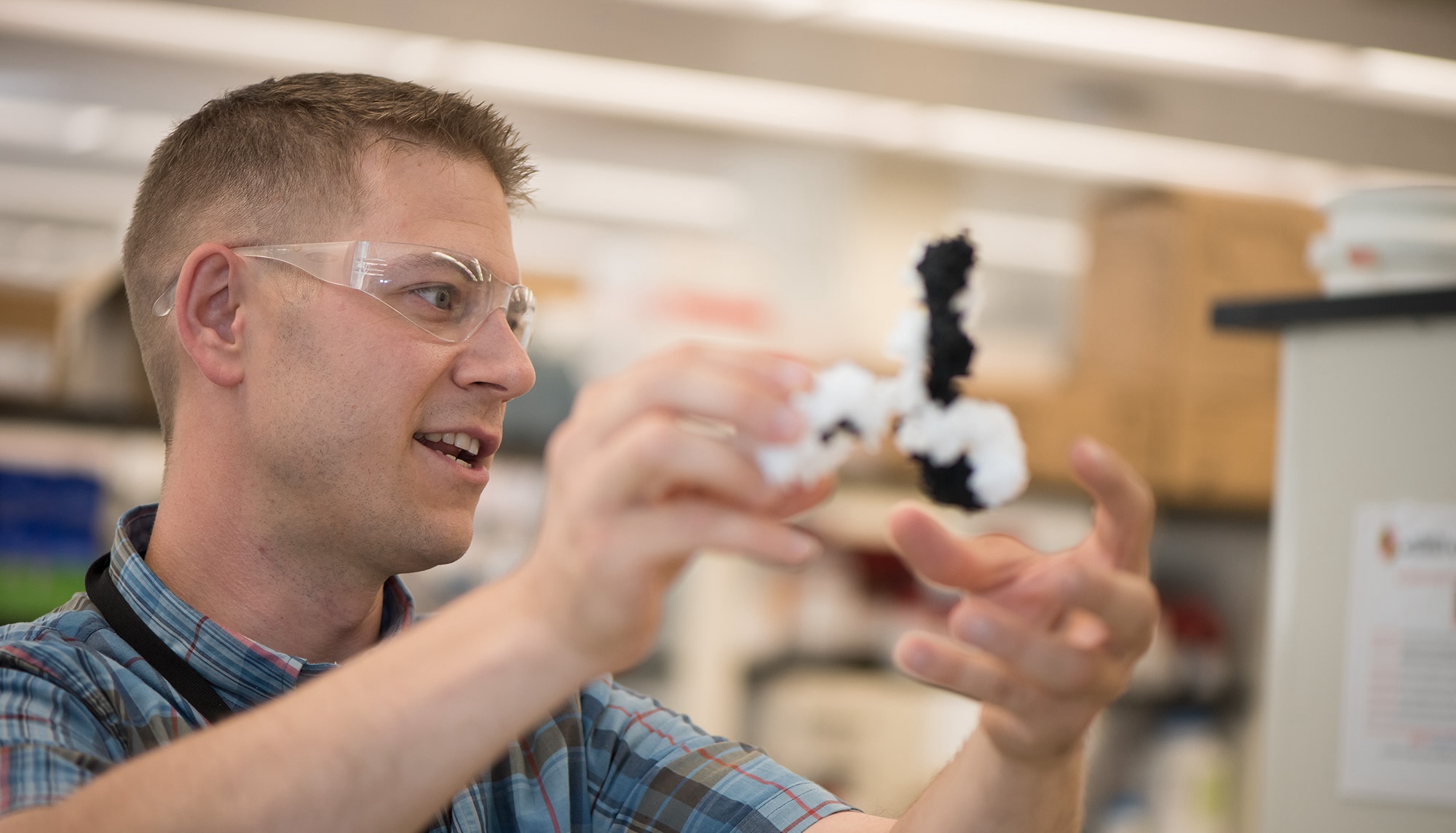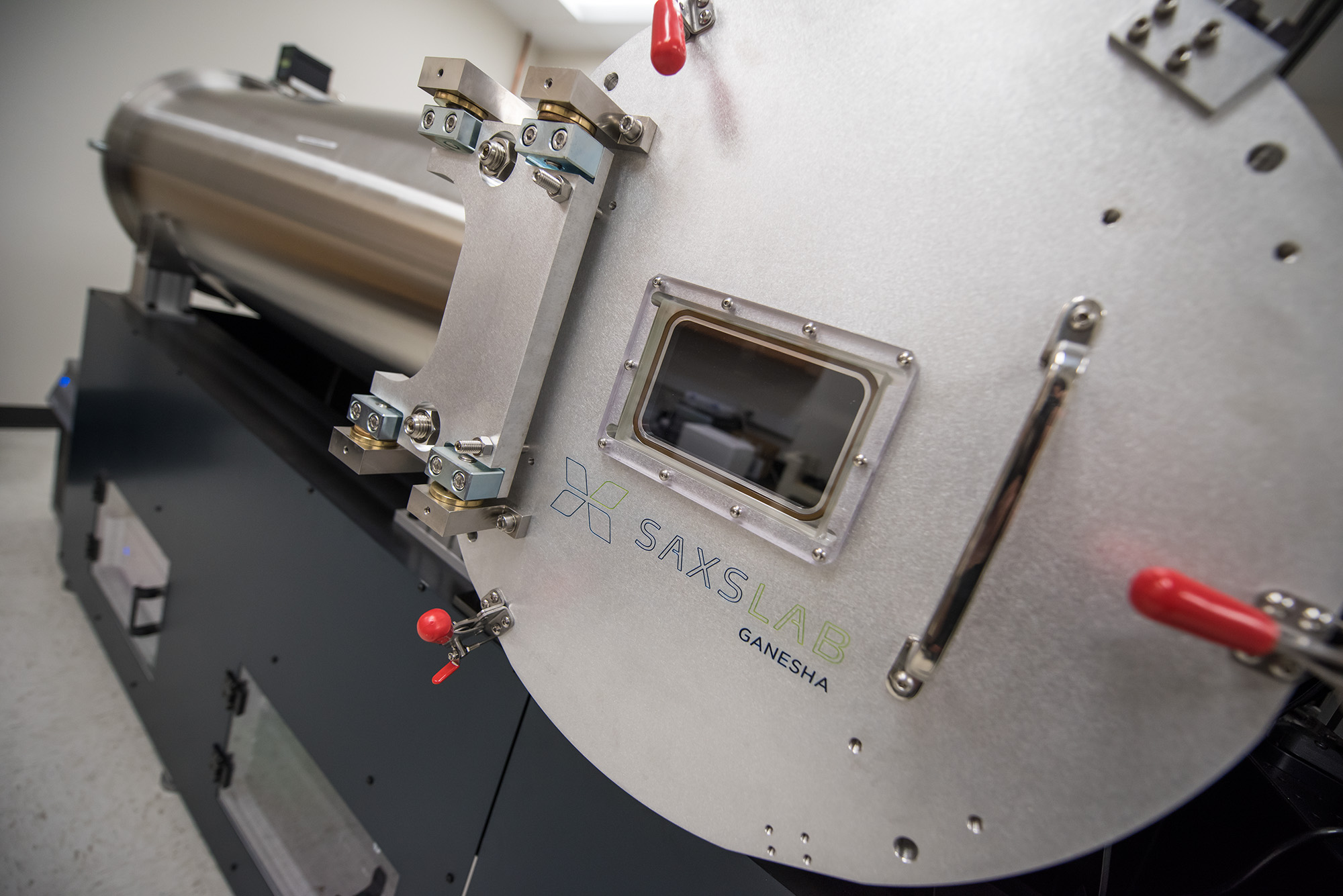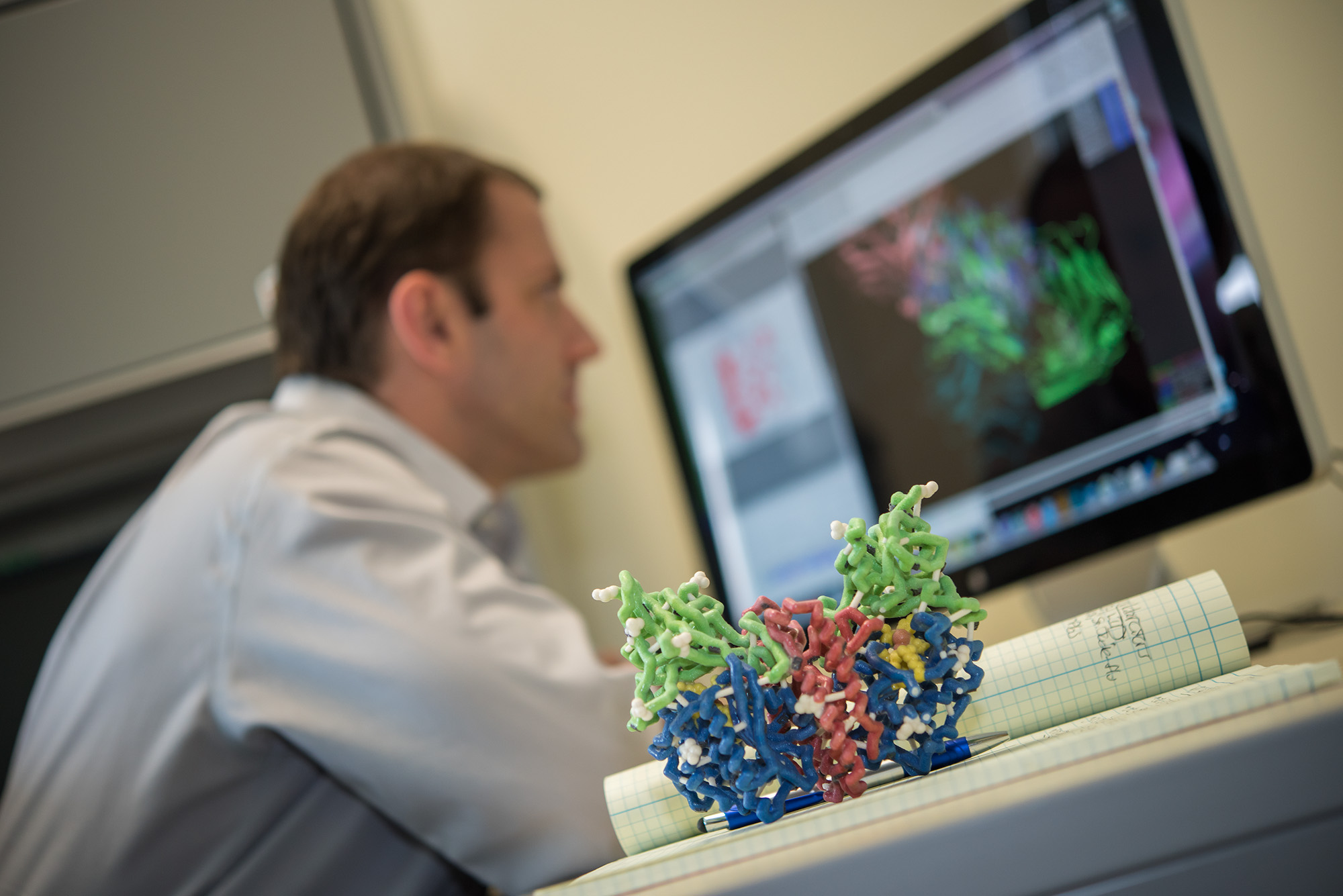.png)
Daniel Nelson Named Fellow of the National Academy of Inventors
We are proud to congratulate Dr. Daniel Nelson, IBBR Fellow and Professor in the Department of Veterinarian Medicine at University of Maryland, College Park, on being elected a Fellow of the National Academy of Inventors (NAI). This prestigious honor is one of the highest professional distinctions awarded to academic inventors....
.png)
The Gift of Curiosity: A Holiday Story of Scientific Inspiration
As the holiday season unfolds and the year 2025 comes to an end, Nature magazine is highlighting childhood gifts and moments that inspired today’s scientists. We are thrilled to share that our very own IBBR Director, Jonathan Dinman is featured in this special collection. Dr. Dinman recounts how receiving a...
.png)
Manghrani Wins Poster Award at the Annual Oligonucleotide Therapeutics Society Meeting
Akanksha Manghrani, a NIST–IBBR postdoctoral research associate in the Biomolecular Measurement Division of the Materials and Measurements Laboratory, received a poster award at the Annual Oligonucleotide Therapeutics Society (OTS) Meeting held in Budapest, Hungary this October. The OTS annual meeting is the premier global conference for researchers and industry leaders...
About IBBR
IBBR is a joint research enterprise of the University of Maryland, College Park, the University of Maryland, Baltimore, and the National Institute of Standards and Technology.
IBBR leverages state-of-art integrative methods for bioanalytical, biophysical and structural characterization of biomolecules: cryo-electron microscopy, nuclear magnetic resonance, x-ray crystallography, small angle neutron and x-ray scattering and mass spectrometry.
IBBR researchers seek to advance therapeutic development, biomanufacturing, and state-of-the-art measurement technologies, to support accelerated delivery of safe and effective medicines to the public.
IBBR is a major initiative and supported in part by the University of Maryland Strategic Partnership: MPowering the State (MPower) , an initiative designed to achieve innovation and impact through collaboration.
Connecting
IBBR Commons
Sophisticated state-of-the-art instrumentation and facilities, and in-house expertise located in shared space and dedicated to advance research, support collaboration and foster innovation of methods. Instrumentation and facilities include tools for high-resolution structural biology, bioanalytical and biophysical measurement, protein engineering and cell culture, advanced computation including artificial intelligence and deep learning methods, and general laboratory services. These capabilities and advanced training are available to IBBR scientists and collaborators.
IBBR Postdoc Program
The IBBR Postdoc Program (IPP) focuses on collaborative research involving basic science and technology development that advances therapeutic development, vaccine development, and biomanufacturing. IPP Fellow project teams are designed with a combination of the IPP Fellow career goals and priorities of project mentors who can be from academic, government, and/or industrial laboratories throughout the University of Maryland, NIST and the I-270 corridor.
NMRPipe
IBBR is home to NMRPipe, a popular collection of programs and scripts for manipulating multidimensional Nuclear Magnetic Resonance (NMR) data. The use of NMRPipe is noted in roughly 40% of all NMR structures accepted into the Protein Data Bank.

Upcoming Events
BMD Staff Seminar R. Allsopp/ W. Vreeland, .03/.07
NIST Group Meeting: Mandy Esch
NIST Group Meeting
Recent Publications
B cell transcriptomics reveals lasting dysregulation and rapid decline of protective memory after hepatitis C cure.
Chronic hepatitis C (CHC) disrupts host humoral immune response by impairing the timely generation of neutralizing antibody (nAb) and durable immune memory. However, the underlying mechanisms and...
Rational design of flavivirus E protein vaccine optimizes immunogenicity and mitigates antibody dependent enhancement risk.
Flaviviruses are a family of related viruses that cause substantial global morbidity and mortality. Vaccination against one flavivirus can sometimes exacerbate disease caused by related viruses...
Utilizing plant synthetic biology to accelerate plant-microbe interactions research.
Plant-microbe interactions are critical to ecosystem resilience and substantially influence crop production. From the perspective of plant science, two important focus areas concerning...
Top-Down Scoring of Spectral Fitness by Image Analysis for Protein Structure Validation.
Nuclear magnetic resonance (NMR) spectroscopy is a powerful technique for protein structure determination, but traditional approaches require extensive manual assignments of hundreds to thousands...
Computational Modeling of PROTAC Ternary Complexes as Ensembles Using SILCS-xTAC.
Proteolysis targeting chimeras, or PROTACs, are an emerging class of drugs that offer the potential to develop therapeutics targeting "undruggable" proteins by stabilizing protein-protein...


